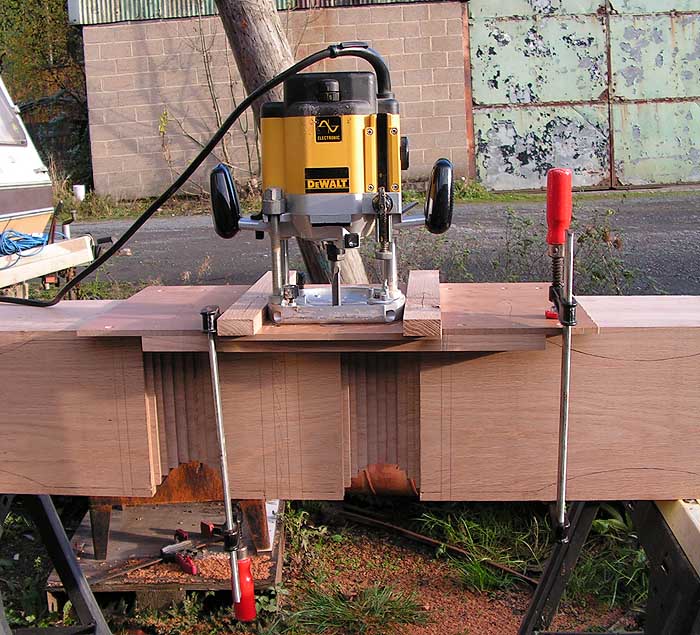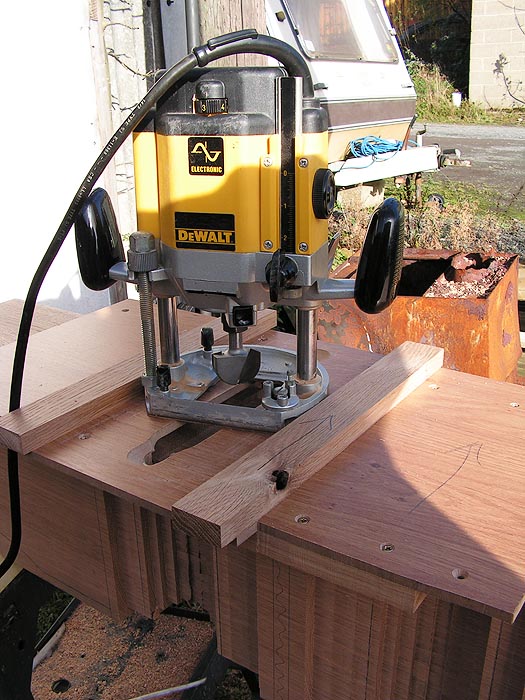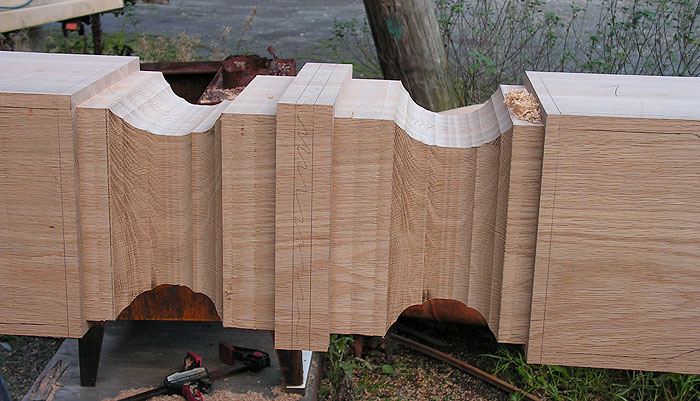Ttrees
Iroko loco!
Hello everyone
It seems that there is very few instructional videos on the subject of routing online.
I haven't got the beans to buy some Roy Sutton DVD's, and even if I wanted them they seem unavailable ATM to purchase.
Having watched a recent Matt Estlea video, he mentions that he will be making a series on them soon.
I am excited!,
I understand that this is no mean feet for a whippersnapper to accomplish, but I can see myself learning a good deal of information
from him.
I would imagine he is thorough, considerate and savvy enough to take down and make changes to a video, if an operation was deemed unsafe.
I'd guess this won't be the case though, and he will be demonstrating most of what he learned at the Rycotewood furniture college.
I don't know what that entails, and presume that there is a lifetimes worth of knowledge to learn.
I was thinking that a tips and tricks/safe operations thread might be of use to compliment his videos, and hoping that some folks might
chime in.
This is a tall order though, so I am thinking that it would be better idea to structure the thread in a non obligating fashion,
It might make a more interesting thread.
Hoping to glean some stuff from you guys
Here are the only two pictures I have of using the router.
Handy having a stack of odd bits to lash up for a fence

Just wondering what you folks would have done in this instance...
The 10 of these 3/4" deep slots are bench dog spacings for a Scandinavian workbench and are at 88 degrees.
Cut and chopped out first, but then what would you do?
What a serious tool for cutting to a depth, I didn't chance going too close to the line and paired to it instead.
Presume I should have made a jig, interested to see what would suit.



It seems that there is very few instructional videos on the subject of routing online.
I haven't got the beans to buy some Roy Sutton DVD's, and even if I wanted them they seem unavailable ATM to purchase.
Having watched a recent Matt Estlea video, he mentions that he will be making a series on them soon.
I am excited!,
I understand that this is no mean feet for a whippersnapper to accomplish, but I can see myself learning a good deal of information
from him.
I would imagine he is thorough, considerate and savvy enough to take down and make changes to a video, if an operation was deemed unsafe.
I'd guess this won't be the case though, and he will be demonstrating most of what he learned at the Rycotewood furniture college.
I don't know what that entails, and presume that there is a lifetimes worth of knowledge to learn.
I was thinking that a tips and tricks/safe operations thread might be of use to compliment his videos, and hoping that some folks might
chime in.
This is a tall order though, so I am thinking that it would be better idea to structure the thread in a non obligating fashion,
It might make a more interesting thread.
Hoping to glean some stuff from you guys
Here are the only two pictures I have of using the router.
Handy having a stack of odd bits to lash up for a fence

Just wondering what you folks would have done in this instance...
The 10 of these 3/4" deep slots are bench dog spacings for a Scandinavian workbench and are at 88 degrees.
Cut and chopped out first, but then what would you do?
What a serious tool for cutting to a depth, I didn't chance going too close to the line and paired to it instead.
Presume I should have made a jig, interested to see what would suit.











































